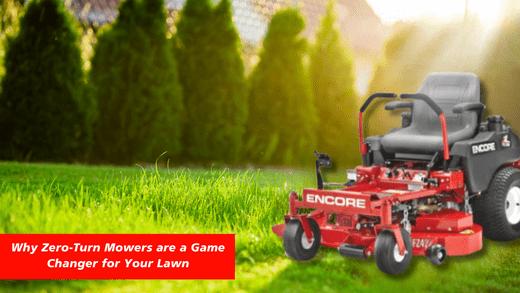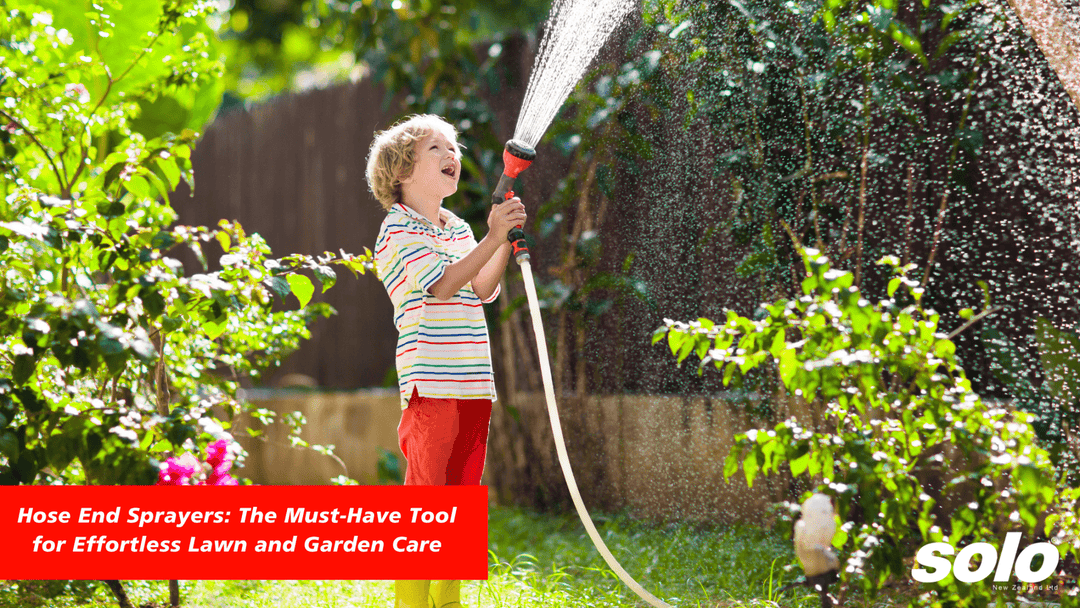Solo’s commonsense guide to spraying

While we all claim to have common sense, there are times when it fails us. We’ve put together a commonsense guide to spraying so you’ll never have a ‘duh!’ moment again.
Spraying safety
- Always read the label carefully and follow instructions correctly. You’re not likely to know more than the experts, so the label is the best source of information.
- Store your chemicals out of reach of children and pets. A locked cabinet is best.
- Store sprays in their original containers. Do not remove the labels. If you come across unlabelled chemicals, throw them away.
- Keep your mixing tools in your designated spray chemical area. Don’t be tempted to run them through the dishwasher. Once used for chemicals, always used for chemicals.
- Always mix chemicals on a level surface, clear of mess and clutter to help avoid spills. If you do spill the mix, wash your hands properly and hose down the spill area.
- Do not over-apply spray. Follow the application rate carefully to avoid harming your plants.
- Be aware that crops and ornamental plants have different spray requirements. Sprays for edible crops dissipate quickly. Pay attention to dissipation rates and harvest time.
- Only spray on a still day. Even a breeze will cause your spray to drift and you could end up killing plants you didn’t intend to.
- Dress appropriately – gloves, face mask, trousers, long sleeves, and closed footwear. This will protect you from exposure to or inhalation of toxic chemicals.
- Clean up thoroughly after spraying. Dispose of any empty chemical containers as per directed on the label. Wash your hands, arms and face before continuing on with your day.
Sprayer care
- Use a different sprayer for different applications. You don’t want to confuse or mix up fertiliser and weed killer. Ensure you’ve labelled each sprayer with its particular purpose.
- Make sure you’ve read the sprayer manual before use and are operating it correctly.
- Clean your sprayer tank thoroughly after every use, and flush out the wand and nozzle. We’ve put together a ‘how to’ on that also.
Spray/chemical info
There are four different types of spray that are used in different applications.
Fungicides: Used to kill parasitic fungi or spores. Be aware, lime sulfur will stain concrete and other surfaces. Only use on deciduous plants as it will make all the leaves on the plant fall off.
Insecticides: These can be inorganic or organic. Inorganic insecticides are metals and include sulphur, and less commonly used arsenates, copper, and fluorine compounds. Organic insecticides can be synthetically produced – these are very common these days. They can also be natural compounds, such as pyrethrum, neem oil etc.
Miticides: Some mites species can be serious pests on fruit trees, greenhouse veggies, and flowers. Outbreaks can often be caused by pesticides used to kill insects, but also kill the mites’ natural enemies. There are many products available to help control mites – alternate between these sprays so mites do not build up a resistance.
Herbicides/weed killers: Use selective herbicides to control specific weeds, and non-selective herbicides to kill all plant material and clear the ground. When buying weed killer, be sure to find out if it has a soil residue. If so, you’ll need to wait the specified amount of time before planting in the sprayed area.




















Sprayer Guide is a complete guide to paint sprayers including airless, HVLP, and LVLP paint sprayers with Amazon products comparison. Fantastic and informative site. Thank you for sharing. Sprayer Guide
Leave a comment